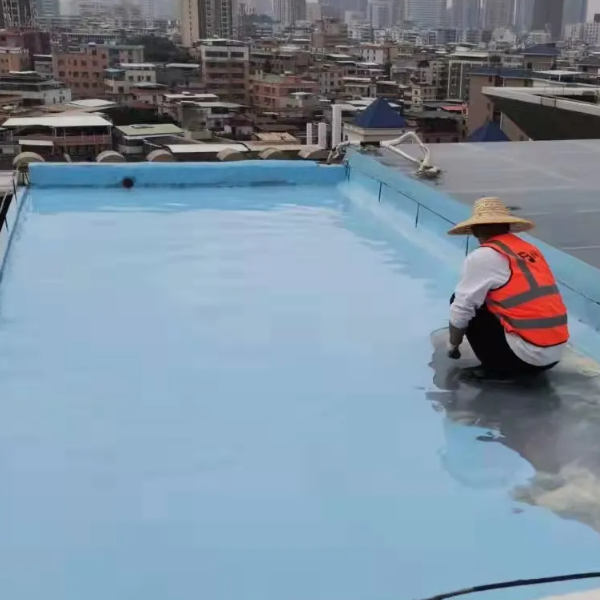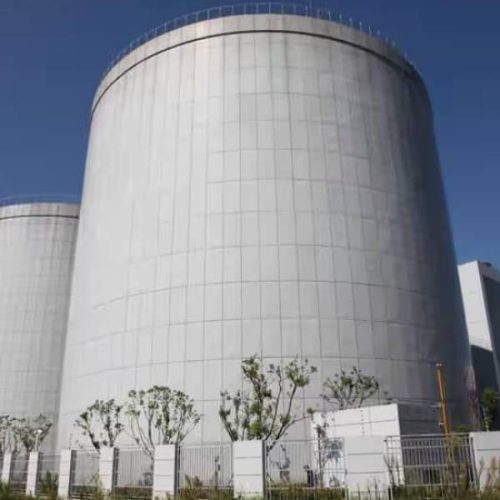Sprayed Polyurea vs. Hand-Applied Polyurea: Which One Performs Better?
Polyurea, often regarded as one of the most important inventions in the coatings industry and one of the most promising high-tech materials of the 21st century, is a familiar term to many. Commonly, polyurea is categorized into hand-applied and sprayed types. But what distinguishes these two?

Sprayed polyurea can be categorized into aromatic and aliphatic types. The first-generation aromatic sprayed polyurea has now been improved upon with the second-generation aliphatic type, which offers better mechanical properties, enhanced aging resistance, and reduced reactivity. Sprayed polyurea, comprising Components A and B, cures rapidly (about 10 seconds), thus requiring large-scale spray equipment.
Features of Sprayed Polyurea:
- Complex application process, requiring professional operation.
- Contains toxic elements, demanding strict protective measures.
- While ideal for large projects, it is challenging for precise local applications and may lead to contamination in non-sprayed areas.
- Moderate weather resistance and adhesion.

Hand-applied polyurea, primarily represented by polyaspartic polyurea, is considered the third-generation polyurea. This innovative dual-component, slow-reacting (relative to sprayed polyurea) material boasts high weather resistance. Polyaspartic polyurea ingeniously modifies the reactive groups of traditional polyurea, simplifying application and broadening its use.
Characteristics of Polyaspartic Polyurea:
- It offers an adjustable activation time (ranging from minutes to hours) and can be easily applied using various methods such as brushing, spraying, or rolling.
- It has a low odor, high solids content, and low VOC emissions, making it environmentally friendly, energy-efficient, and suitable for use without baking.
- Excellent overall performance, withstanding weather, wear, and aging, capable of curing at low temperatures.
In different applications, both sprayed and hand-applied polyurea have their respective advantages. The choice depends on the specific performance requirements of the application.
Feiyang Protech has been specializing in the production of raw materials for polyaspartic coatings for 30 years and can provide polyaspartic resins, hardeners and coating formulations. Feel free to contact us: marketing@feiyang.com.cn
Our products list:
Contact our technical team today to explore how Feiyang Protech’s advanced polyaspartic solutions can transform your coatings strategy. Contact our Tech Team




